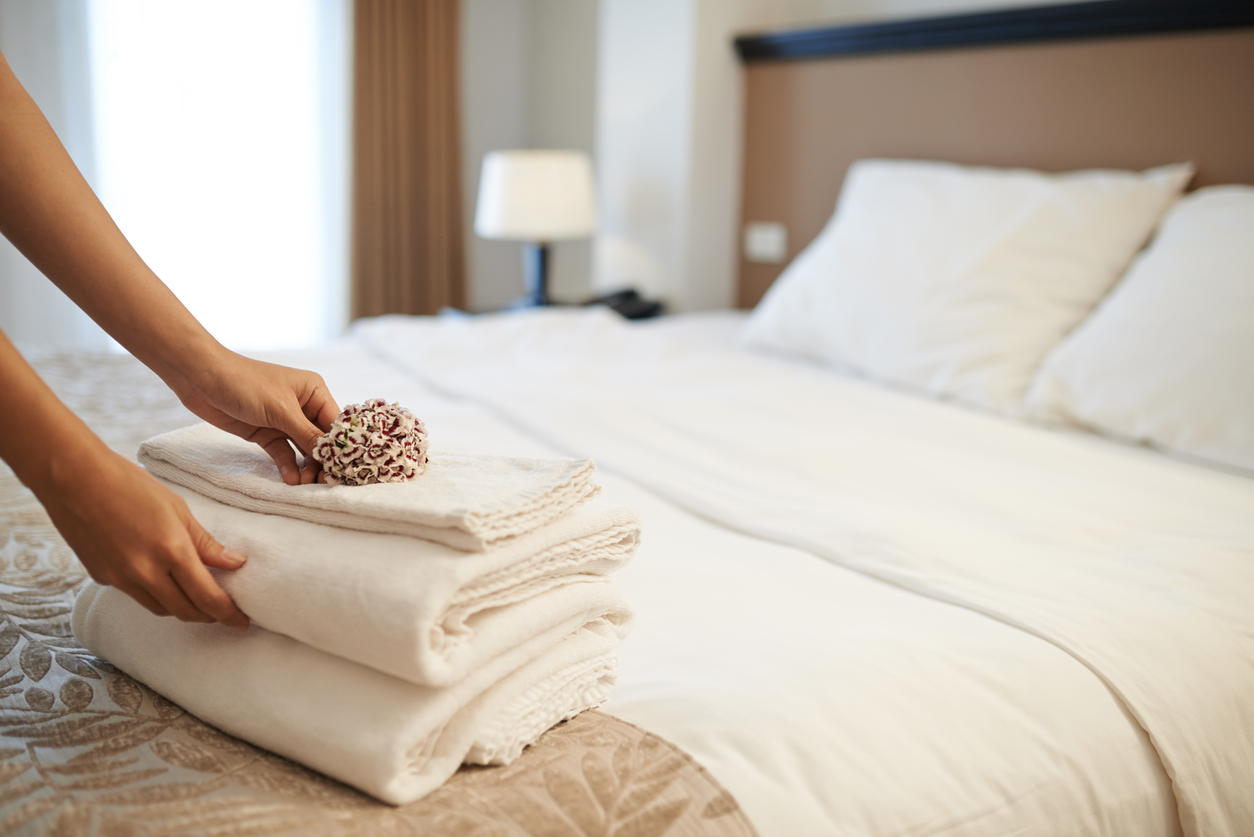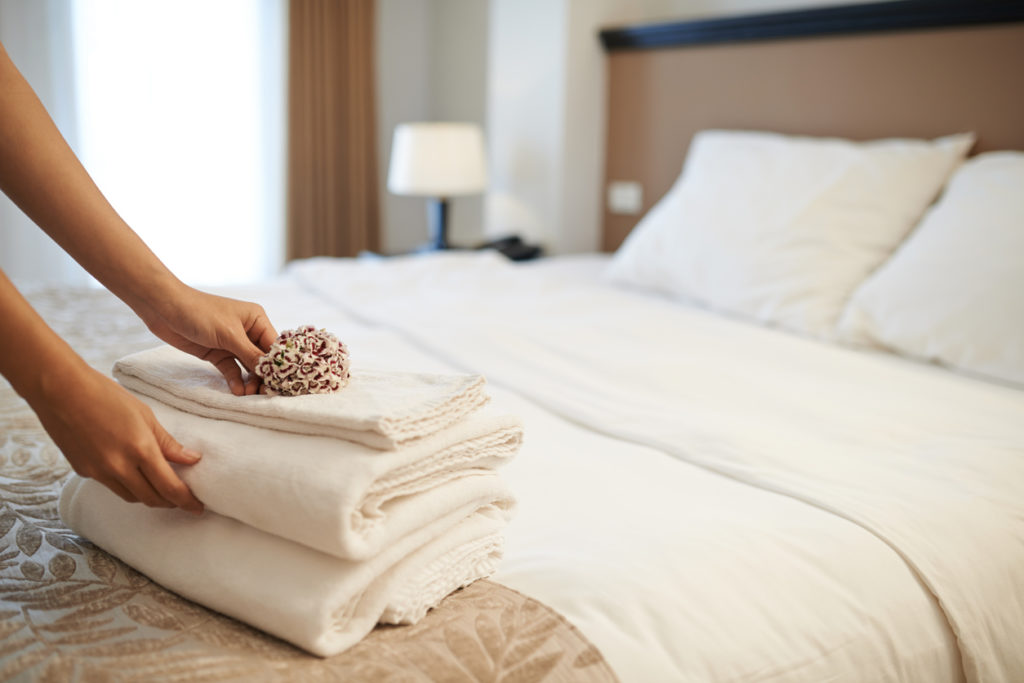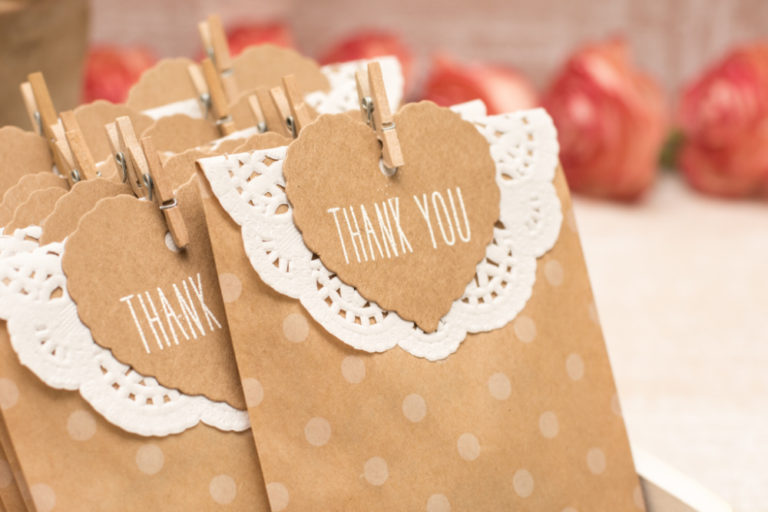Summer Travel Tipping Guide

Tipping is a sensitive subject and almost everyone has a strong opinion.

Previously published on HuffPost.
Some people are more enthusiastic than others, depending on their experience and circumstances. If you don’t travel regularly and are suddenly faced with multiple individuals in the hospitality industry, your attitude may be a bit different than someone who is familiar with the ropes. Here are a few “tips” when it comes to gratuity on the road.
Tips Are Customary in the United States
It is expected to leave service providers a tip when traveling within the US, going to a restaurant or visiting a spa or hair salon. There are some exceptions to the rule. If so, there will be an indicator on the menu or at the front counter. Gratuity customs differ in other countries so it’s important to research their particular culture before traveling.
Factor Gratuity Into Your Travel Budget
Go to the bank before your trip and ask for $50 in $5 and $1 bills. You will have a wad of money in your pocket, but don’t worry, you will soon lighten your load. My personal rule of thumb: “If they touch it, you tip it.” This may sound extreme until you realize there are several people involved in even something as simple as a hotel luggage transaction. You’ll be helped by the valet who doubles as the person unloading your car and stacking your suitcases on the cart. You’ll benefit from the assistance of the bellman who brings your bags to the room and fetches you a full ice bucket for your sodas, wine or bottled water. You may also request housekeeping (or another bellman) deliver an extra luggage rack or pillows to your room after your bags are dropped off. Each experience requires a tip.
Round up to 20%
While 15% is standard for a restaurant tip, 18% is becoming the new norm and 20% is easiest to calculate and most appreciated for great service. The same holds true for taxi and ride shares. For the driver who goes above and beyond, loading your multiple suitcases into the trunk, providing a clean and safe ride (smoke-free and no offensive odors), offering pleasant conversation and giving useful information about the city, use the app or tip them in cash. Warning: don’t feel pressured to use the amount suggested on the app, especially when it is 25% or 30% and you received minimal service.
Tipping Isn’t for Your Benefit; It’s the Right Thing to Do
You may believe tipping is only useful as a tool for ensuring good future service. To some extent, there is truth in this statement, especially when you frequent a particular restaurant or salon and build a relationship. Hospitality employees rely heavily on tips as part of their income. It’s never polite or appropriate to skip a tip without reasonable justification. If you are unhappy with the service or experience, discreetly speak to the manager and allow them an opportunity to correct the situation.
Be Courteous When Giving Feedback
Posting something snarky on social media as the first line of defense is nasty and mean-spirited. If you are unhappy with the service, handle it the right way and through the correct channels. Making it about you at the expense of another person is not garnering you any respect. It may even backfire in a public and embarrassing way.
Ask Yourself Four Questions
- Is the service professional relying on my tip for their livelihood?
- How much can my budget afford?
- Is my tip fair and reasonable?
- Was my service adequate, or above and beyond? Use the 15-20% scale to decide on the tip.
For more of Diane’s etiquette tips, you may enjoy Travel Etiquette: How to Pack Smart. Read her posts on Inc., and HuffPost, “like” The Protocol School of Texas on Facebook, and follow her on Pinterest, Instagram and Twitter. Diane’s latest book, Modern Etiquette for a Better Life is available on Amazon.






